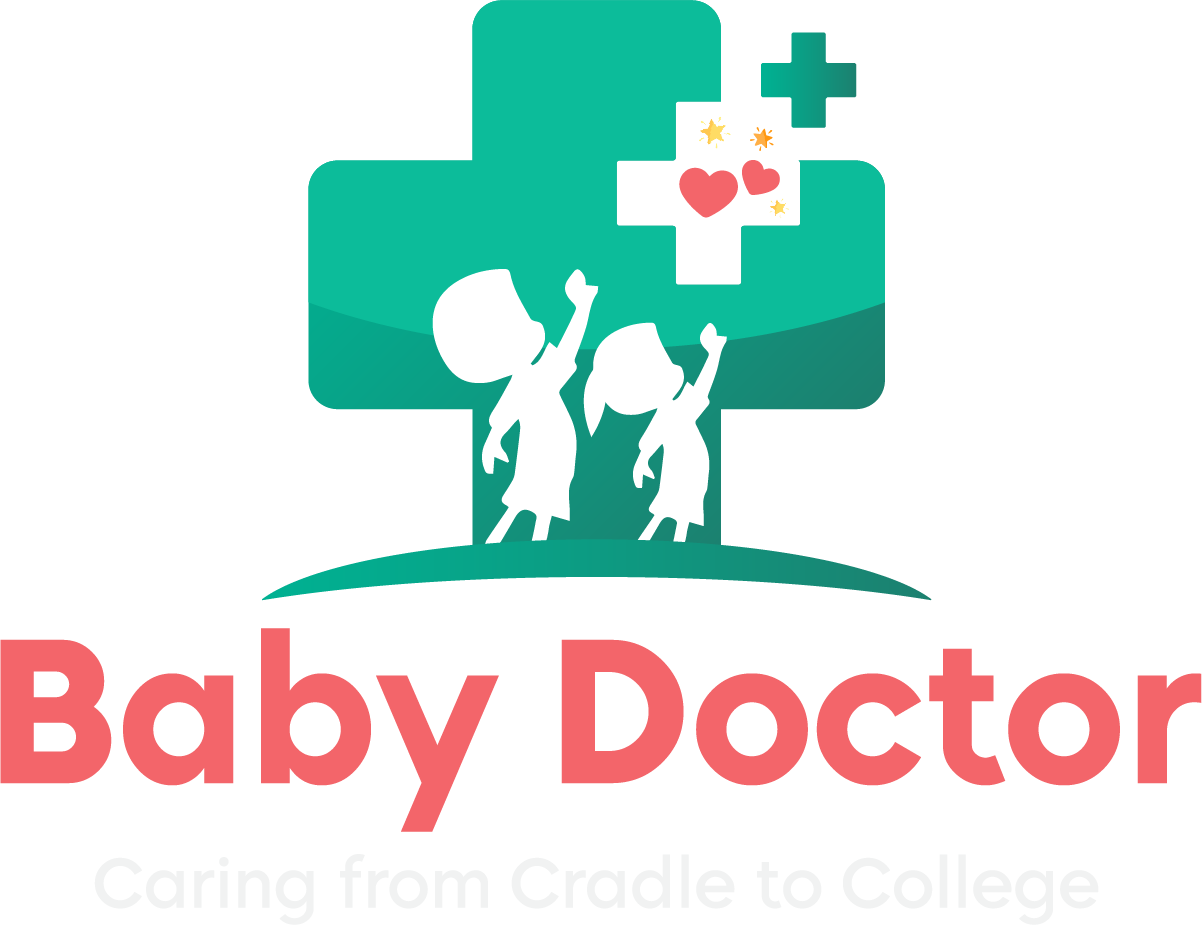Sexual Behaviors

Yes, many “sexual” behaviors in young children, particularly between ages 3 to 6, are normal and part of development. These include exploring their own bodies, touching genitals, and curiosity about differences between bodies.
Normal behaviors are usually easily redirected and do not cause harm or distress. However, red flags include behaviors that are disruptive, persistent, or associated with coercion, emotional distress, or physical pain.
No, self-stimulatory behaviors such as masturbation in children are not necessarily indicative of sexual abuse. Children discover that stimulating their genitals feels good and may continue the behavior without any external influence.
When these behaviors occur, it’s crucial for parents to remain calm and not react with anger or upset. Redirecting the child’s attention positively and discussing appropriate boundaries in a calm manner is effective.
Normal behaviors may include touching or rubbing genitals, looking at peers’ genitals, standing or sitting too close to others, and attempting to see peers or adults nude.
Parents can start teaching children about body boundaries and safety early, using appropriate language for body parts, explaining OK vs. not-OK touches, and reinforcing that their body is theirs to control.
Parents can establish clear rules about inappropriate touches, encourage children to always communicate with a trusted adult if they feel uncomfortable, and emphasize the importance of saying “NO” to unwanted touches.
Yes, controlling media exposure through a family media plan and utilizing parental controls can help prevent children from encountering inappropriate sexual content, both online and in other media.
Parents should seek professional help if their child’s sexual behaviors are disruptive, persistent, cause emotional or physical harm, involve coercion or force, or simulate penetrative or adult sexual acts.
Parents can openly discuss their concerns and observations with their child’s pediatrician, who can provide guidance in distinguishing between normal and problematic behaviors and offer appropriate support and resources.

